Applications of saffron
The cultivation of saffron in Iran dates back to the early BCE, and extends to very cold, rainy regions of Iran, which have hot summers and hot summers. In addition, it is more or less common in the ancient countries of the world, such as Greece and Italy. More than 90% of world production of this precious product is devoted to Iran and about 96% of its production is in Central Khorasan.
Saffron with the scientific name Saffron Crocus Sativies Lnriaeus from the Iridaceae family is a plant with a height of 10-30 cm, perennial and without stems, with bulb bulbs and spherical shapes of 3-5 cm in diameter, floral aromas of each 1 to 1 4 numbers.
It has 3 pails and 3 purple petals similar to each other and 3 flags. The actual leaves of saffron are from 5 to 11 which coincide with flowering or shortly thereafter, and a green color with a width of 1.5 to 3 mm The edible and commercial portions of the saffron are redcurrants of the shoots that form the product of saffron.
Major uses of saffron include food, pharmaceutical and chemical (industrial).
Food Consumption:
Saffron is authorized as a natural colorant under the American Food and Drug Administration (FDA) law, and its use as a natural flavor is not limited. In the preparation of food products, such as sausages and margarines, cheese and cheese and dairy industries – cakes and desserts and snacks – chocolate and drinks – soup and rice and chicken.
Medical expenses:
Saffron has ease digestibility due to its bitter substances. Recent research has shown that active compounds such as Crocin, Crocetin and other types of carotenoids exist in saffron that can reduce tumorigenicity of tissues and have anticancer and They can also reduce serum fat and prevent hypolipemic conditions in the serum, increase the oxygenation of the tissues, and can significantly prevent disorders such as Alzheimer’s and Parkinson’s disease.
Saffron also used saffron to treat a wide range of physical disorders such as jaundice, jaundice, hepatitis, spasm and diabetes, and … as well as an appetite, hydration, stomach stimulant, and so on.
Industrial use:
Saffron is used in the industry to paint silk and yarn.
Some of the chemical analyzes of the saffron plant include:
1) Carbs: Saccharides that make up more than 20% of saffron weight, such as glucose and mesocenthia and glycosides, and
2) Minerals: Contains K2O, NA2O-P2O2-CL2
3) Vitamins: Like vitamin B1 and riboflavin B2
4) Fat: Like stoicemasterol, capastosterol
5) Pigments: Includes fat soluble carotenoids such as leucine a-carotene and b-carotene and water-soluble carotenoids such as crocin and anthocyanin. Crocin crocin is the main agent of yellow colored saffron with the formula C44 H64 O24 and the percentage of this material varies between 0.9-1% when flowering.
6) gicrogene picro crocin: a glycorid without color that makes the bitter taste of saffron with the formula C16 H26 O7 and the melting point of 156 ° C, which is present in fresh saffron about 4% glycuron.
7. Volatile oils: The agent of aroma and aroma in safranal saffron, which is the major compound in volatile oils with the formula C10 H16 O.
source: fa.parsiteb /com
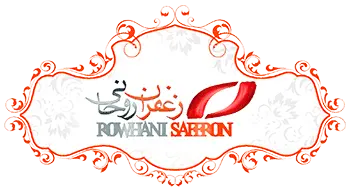
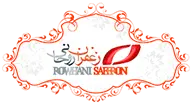
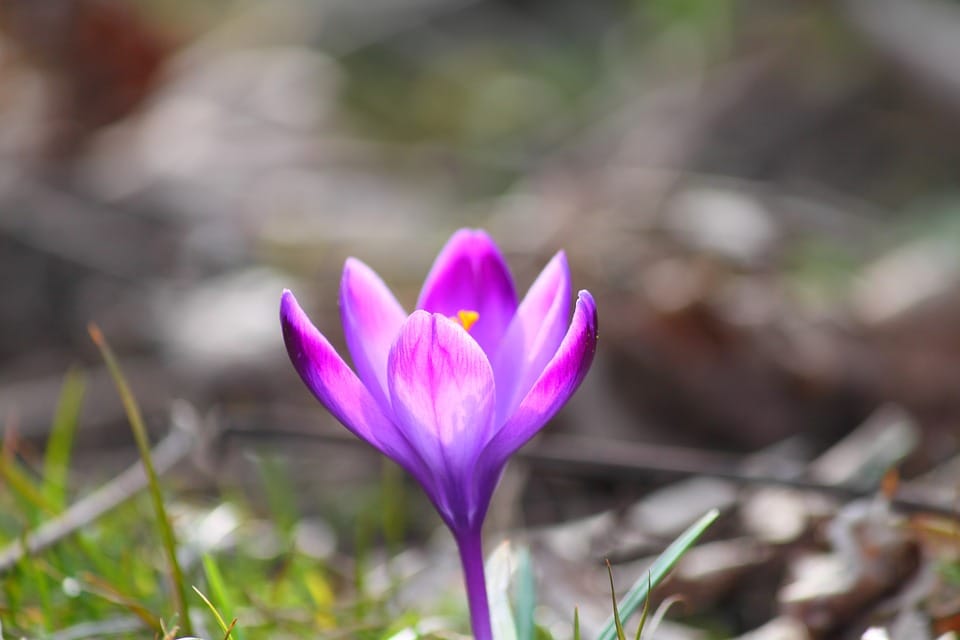
![Exporting Saffron to Turkey + Price Guide [Complete 0 to 100]](https://www.rowhanisaffron.com/wp-content/uploads/f1-372-500x383.jpg)
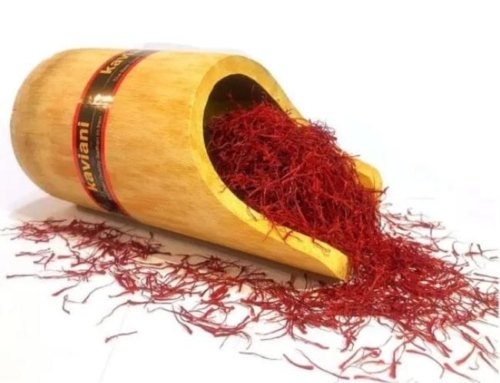
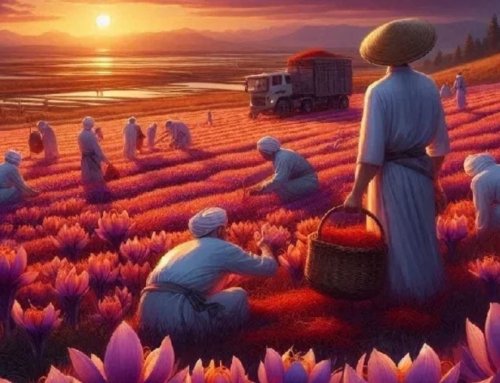
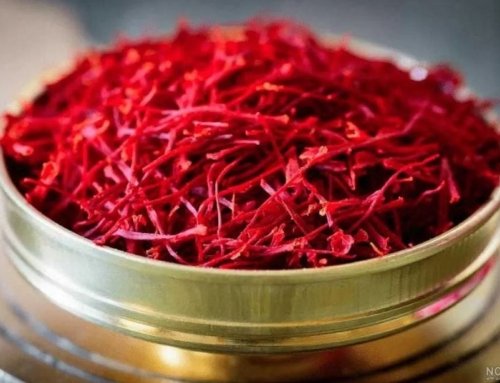
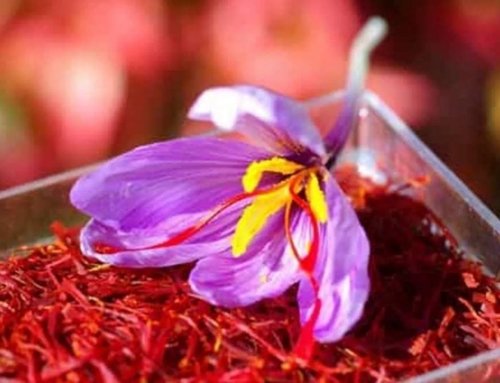
Get Social